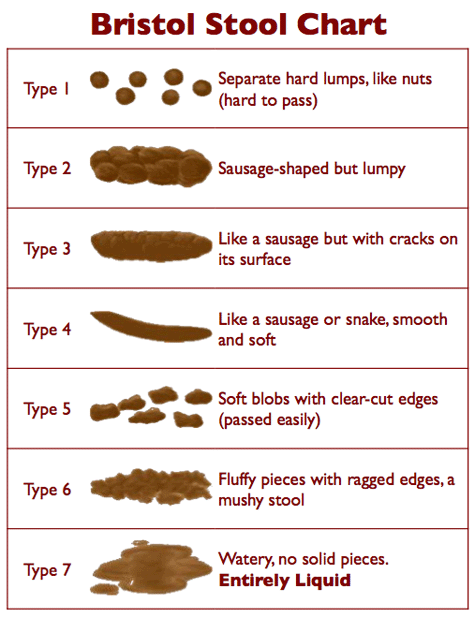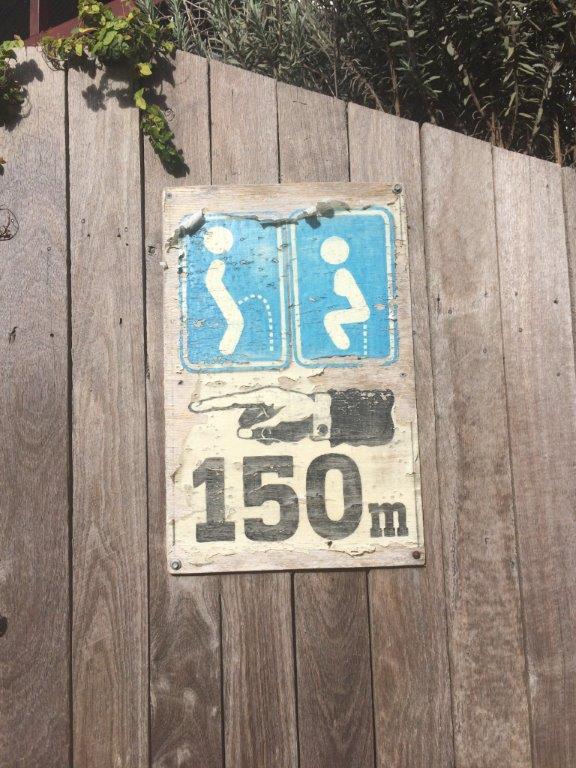A few weeks ago, in the middle of the night, a loud rumbling noise erupted from my shower recess, something akin to a Stephen King novel. As it got progressively worse, I watched waste water bubble up to the surface and then recede, only to re-emerge from another drain. At one point I thought my kitchen sink was going to explode and a veritable ‘poonami’ of waste was going to end up flooding my house. Needless to say it was a looong night and those 24 hour plumbers? Well, I’m still waiting for them to call. Fortunately, it was contained (except for my backyard that became a repository of toilet paper).
It got me to thinking about our poo (as I often do) and what it all means. How often should we be ‘dropping the kids off at the pool’? Should it sink or should it float? Are you ‘laying a cable for Telstra’ or leaving a pile of rabbit droppings? Is it meant to be that colour?
Let’s explore
What is poo made up of?
According to Giulia Enders in her book, “Gut”;
- Poo is 75% water.
- During the whole digestive process, close to 10 litres of water is reabsorbed.
- 1/3 of the solid components are made-up of bacteria.
- 1/3 is insoluble fibre – the more fruit and veges you eat the more poo you do, from 100-200gms – 500gms (that’s a good thing – we all know that head clearing, satisfying, ‘oh my goodness it’s going to be a good day’ poo!).
- 1/3 mixed bag – this is the leftovers of medicines, food colourings and cholesterol.
Consistency:
A good poo is a very important thing. Next time you ‘make a deposit’, turn around and take a good look. Compare it with the Bristol stool chart below. According to Enders, in type 1 (constipation), food takes around 100 hours to pass through the system while type 7 (diarrhoea) takes just ten hours. Ideally, we’re after a type 3 or 4.

How often?
Whilst there is no absolute rule on this, one to three times a day is considered acceptable. Most of us have a regular bowel pattern. Personally, I would aim for one in the morning. Things that can impact on frequency are diet (generally not enough fibre) and travel. For many of us we like our routine and our bowels will tend to slow when we’re out of ‘whack’. I never leave for holiday without a product called Laxatone.
Side note: I have a friend who went 16 days without going to the toilet whilst travelling through Turkey!
Extra side note: I’m the only person I know who could lick the bottom of their shoe in India and still have trouble going!!
Sink or swim?
According to Enders, it should float at first, (healthy poop contains bubbles that make it float) and sink later. This is because the contents of faeces are typically denser than water. An intestinal infection or changes in your diet that introduce more gas into your digestive system, such as a high-fibre or high-fat diet, can cause stools to float.
Colour me a rainbow:
How many times have you eaten beetroot and got a scare the next day when you go to the toilet? Every time I tells ya! (It is an excellent way to measure the transit time of food though).
It should be…poo brown! Seriously though, it should be browny-yellowish (not too yellow). The colour comes from the 2.4 million red blood cells we break down every day (don’t worry, we make the same amount up daily).
Green – can be perfectly normal and as a result of all those lovely kale smoothies you’ve been enjoying (bleh…)
White or clayish – may be as a result of not producing enough bile. Gallstones could also be a possible culprit. People who are having a Crohn’s flare may notice a white mucous on top of their normal looking stool.
Yellow – in this instance it may be a sign that your pancreas is not making enough of the enzymes needed to properly assist digestion. Once again, the bile duct may be involved, so maybe time to think of loving your liver a little.
Black – have you been hitting the iron supps a little hard or perhaps over-indulging in the liquorice? No need to worry then. However, if your stool is also a bit more of a ‘tarry’ consistency, this may be a sign of bleeding in the large bowel. It’s important to see your doctor post-haste if you think this is the case. Bright red blood on the other hand, is usually a sign of more localised bleeding and may just mean you’ve been straining a bit.
On the nose:
It’s no secret that our poos rarely smell like roses, but there are degrees. What you eat and drink can impact on its pungency. Really, really foul smelling stool can be a sign of a particular parasite called giardia. This is often accompanied by egg smelling burps. Some serious digestive disorders such as ulcerative colitis, Coeliac’s and Crohn’s can also cause stinky stools.
Last, but not least, how often should you ‘fluff’? 10-18 times per day. Toot.
Here’s to your perfect daily motions,
Marnie


